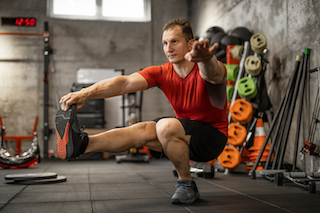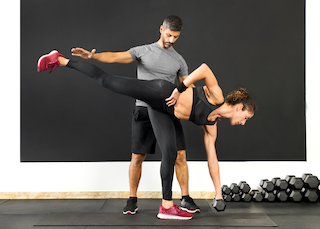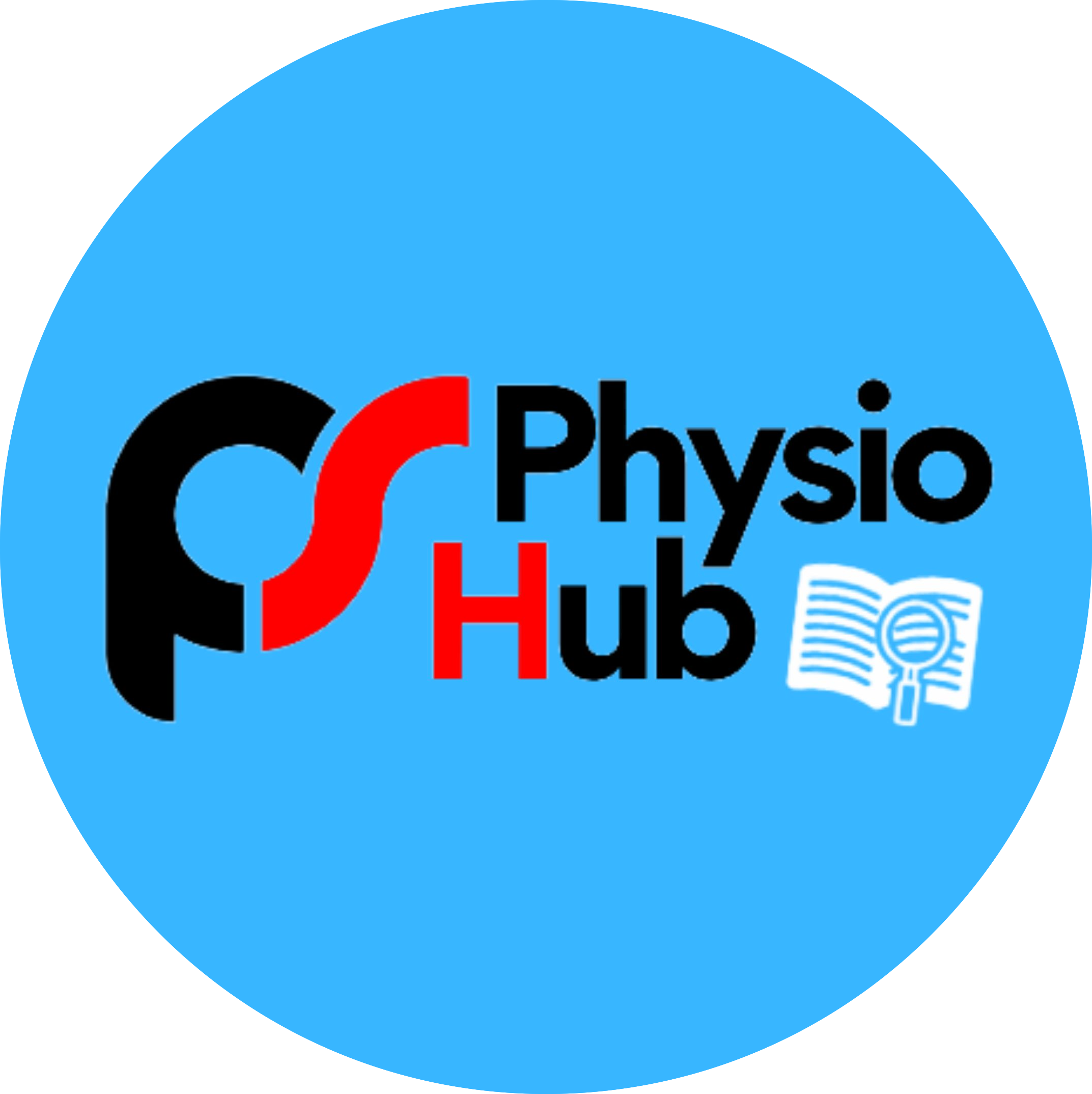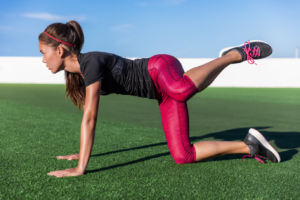Gluteus Medius
Gluteus Medius is the prime mover of abduction at hip joint. Beyond these hip movements, it significantly contributes to weight transfer and maintaining balance during ambulation. Given its critical role in everyday activities like walking, running, and climbing stairs, any weakness in the gluteus medius can not only affect these activities but may also result in back pain.
Gluteus Medius
Anatomy
[Origin]
- External surface of ilium between anterior and posterior gluteal lines
[Insertion]
- Lateral surface of greater trochanter of femur
[Action]
- Adduct and medially rotate hip; keep pelvis level when ipsilateral limb is weight-bearing and advance opposite side during its swing phase
Clinical Relevance
Lateral Fascial Sling
Glutes medius is an extremely important muscle in maintaining frontal plane stability of the pelvis. It forms, with the ipsilateral tensor fascia latae and contralateral quadratus lumborum, a lateral fascial sling whose main role is to provide frontal plane stability.
Gluteus Medius Weakness/Inhibition
Gluteus medius muscle can get weakened or inhibited by trivial habits in your daily life:
- Standing with body weight shifted mainly on one lower limb with the pelvis swayed sideways and hip joint adducted.
- Sleeping sideline with no billow in between two lower extremities will lead to the top leg flexed and adducted over the other leg.
- Sitting with crossed legs for a long period of time will potentially weaken the hip abductor muscles by putting the muscle in a somewhat elongated position (beyond resting physiological length).
When Glutes Medius is weakened or inhibited, the body must try to compensate by other muscles to maintain frontal plane stability. Specifically, the activity of ipsilateral tensor fascia latae and contralateral quadratus lumborum will increase, causing these muscles to become tight and overactive, which could lead to knee and lumbar spine dysfunctions.
~ Evidence-Based Exercises ~
According to an EMG study, the exercises that demonstrated significant muscle contractions of Gluteus Medius are;
- Single-Leg Squat
- Side Plank
- Single-Leg Deadlift
Single-Leg Squat

Side Plank

Single-Leg Deadlift

< Reference >
- Keith L. Moore, Anne M. R. Agur, Arthur F. Dalley. Moore Clinically Oriented Anatomy 7th Edition, Lippincott Williams & Wilkins, 2013
- Reiman, M. P., Bolgla, L. A., & Loudon, J. K.. A literature review of studies evaluating gluteus maximus and gluteus medius activation during rehabilitation exercises.Physiotherapy Theory and Practice,2012: 28(4): 257–268.
- Palastanga N, Soames R. Anatomy and Human Movement: Structure and Function. 6th ed. London, United Kingdom: Churchill Livingstone; 2012
- Presswood, L., Cronin, J., Keogh, J. W. L., & Whatman, C. . Gluteus Medius: Applied Anatomy, Dysfunction, Assessment, and Progressive Strengthening. Strength and Conditioning Journal.October 2008 : 30(5):41–53
- Kim H.J , Lee H.S, Jung H.G . Difference of Muscle Activity by Pelvic Tilt in Side-Lying Hip Abduction.Journal of The Korean Society of Physical Medicine. 2017:12(3): 59-66
- Barton CJ, Lack S, Malliaras P, Morrissey D. Gluteal muscle activity and patellofemoral pain syndrome: a systematic review.British journal of sports medicine. 2012 Sep 3:bjsports-2012


